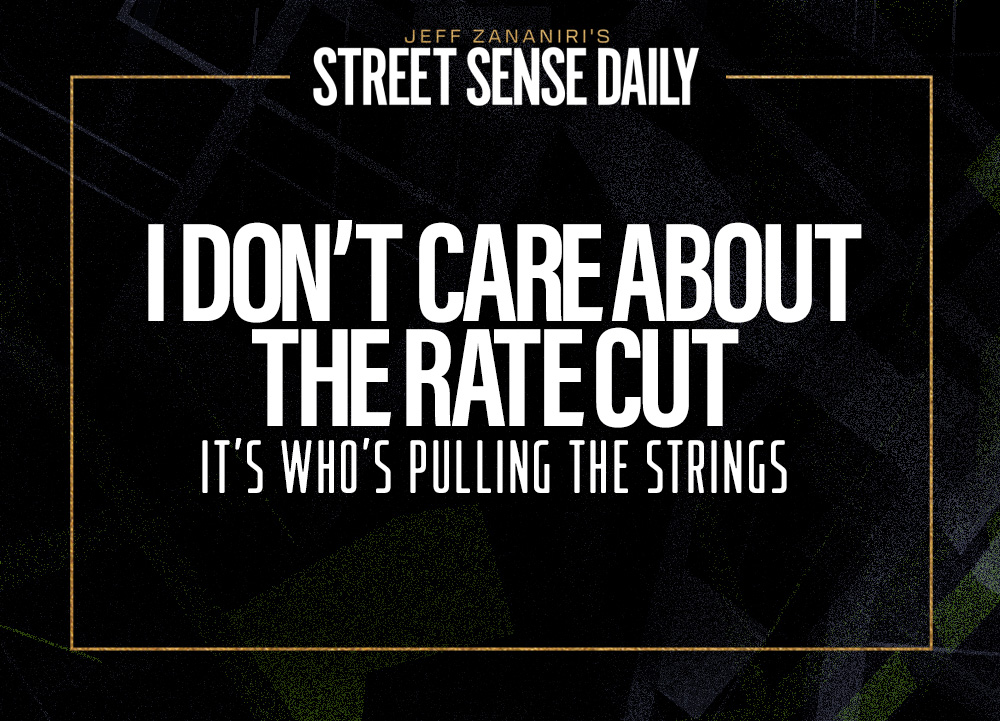You don’t need to be fast. You need to be early.
There’s a difference, and the market’s teaching that lesson in brutal fashion right now.
If you’ve been caught chasing breakouts that immediately fail … if you’ve been whipsawed in chop … if your setups feel “right” but stop out anyway … I’ll tell you what’s going on.
This market’s being controlled by algos.
Not new.
But those algos are trained to trap you before the move happens.
They’re not looking to move fast. They’re looking to catch the lazy trader.
Lazy doesn’t mean you’re not working hard, either — it means you’re showing up late.
You’re reacting instead of planning and clicking buttons instead of thinking ahead.
And guess what? That used to work.
Markets used to reward “fast fingers.” A quick trigger and a decent eye could get you paid.
Not anymore.
So, if you want to win in this market, pull up a chair and keep reading.
The Early Bird Wins
The chop isn’t random.
It’s designed to trick you into taking low-quality trades. And most traders fall for it because they’re trying to be fast … instead of early.
So what do I mean by being early?
I’m not talking about predicting the future. I don’t sit around guessing the next move.
I wait.
I plan.
Then I position myself to act once the move is real.
That’s how I traded for over a decade without a single losing quarter. That’s how I helped a firm grow from a few million to over $700 million.
I didn’t get there by being the fastest. I got there by getting in with confidence — after the signal was strong enough but before the crowd showed up.
That gap between early and late?
That’s where the edge lives.
Early — and Less Early
Most traders lose because they’re trying to prove they’re right.
They want to catch the bottom, nail the breakout, top-tick the put, and so on.
But I’m not here to be right. I’m here to make money.
I’d rather enter a trade late and catch a clean move than be first and get steamrolled.
Let me give you an example.
Let’s say a stock’s trading in a tight range. You see a pattern. You think, “If it breaks $100, I’m long.”
That’s fine. But what happens?
It breaks $100. Volume spikes. You chase the entry. And within five minutes, it’s back at $98.50.
You didn’t miss the trade. You walked into a trap.
Now flip that approach:
You’ve already looked at this name before the open. You’ve mapped the range. You’ve set an alert for volume + price + time of day.
And instead of buying the first push, you wait.
You want to see it hold $100. Maybe even see $101 or $102 with real size coming in.
Then you go long on a pullback or continuation — because now it’s real.
That’s early.
The move is already underway, but the crowd hasn’t piled in yet. That’s where we make our money.
Better Step It Up
Right now, the market is punishing lazy execution, too much emotion, and FOMO.
But if you stop trying to be fast and start being prepared you’ll get your edge back.
Don’t be the trader who reacts to every wiggle. Be the trader who waits for the setup that deserves your capital.
I do this every day with my students.
We map our levels before the open. We look for conviction, not noise. We wait for the move to start before jumping in.
So if you’re stuck in the chop, take a step back.
That’s how you beat a market that’s rigged against the lazy.
Stay street smart,
Jeff Zananiri
P.S. Join Danny Phee Wednesday at 2 p.m. ET as he breaks down how to trade with the algos — not against them.
The edge is real … if you know where to look.
*Past performance does not indicate future results


